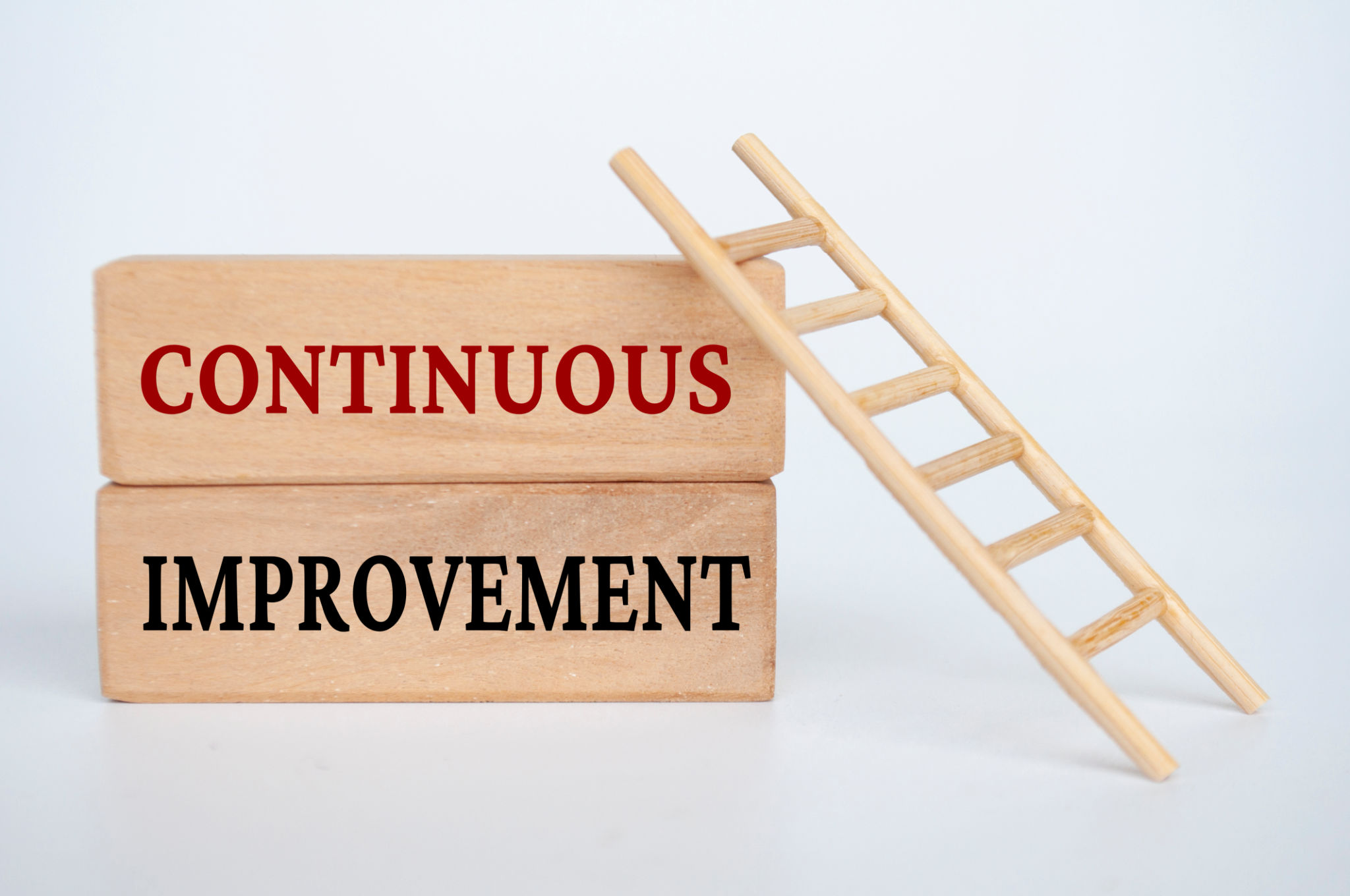How to Optimize Your Inventory for Seasonal Demand Changes
Understanding Seasonal Demand
Seasonal demand fluctuations are a common challenge for many businesses, particularly those in retail. These changes can significantly impact your inventory management and overall profitability. Understanding these patterns is the first step towards optimizing your inventory for seasonal shifts. By analyzing past sales data, businesses can predict periods of high and low demand, allowing for more informed inventory decisions.

Effective Inventory Forecasting
Accurate forecasting is crucial in anticipating seasonal demand changes. Start by reviewing historical sales data, considering both qualitative and quantitative factors that might influence demand. Utilize tools and software designed for inventory forecasting to enhance accuracy. Collaboration with sales and marketing teams can provide additional insights into upcoming campaigns or promotions that may affect demand.
Strategic Inventory Planning
Once you've forecasted demand, it's essential to plan your inventory accordingly. Consider implementing a just-in-time (JIT) inventory system to minimize excess stock and reduce holding costs. Alternatively, if demand is expected to surge, ensure that you have sufficient stock to meet customer needs without overstocking. Balancing these factors can help improve cash flow and reduce waste.

Supplier Collaboration
Working closely with suppliers can be a game-changer in managing seasonal inventory. Establish strong relationships with your suppliers to ensure flexibility in order quantities and delivery times. This collaboration can help you quickly adjust to unexpected demand changes, reducing the risk of stockouts or excess inventory.
Leveraging Technology
Embracing technology can streamline inventory optimization for seasonal demand. Inventory management systems provide real-time data, helping you track stock levels, automate reordering processes, and forecast future needs more accurately. Additionally, integrating AI and machine learning can offer predictive analytics to anticipate shifts in consumer behavior.

Regular Inventory Audits
Conducting regular inventory audits is vital to ensure accuracy and identify discrepancies. These audits help in maintaining updated records, reducing errors, and optimizing stock levels. Schedule audits during different seasons to better understand the impact of seasonal changes on your inventory.
Flexible Pricing Strategies
Adopting dynamic pricing strategies can also aid in managing seasonal demand. By adjusting prices based on demand levels, you can balance supply and demand effectively. Offer discounts or promotions during slow seasons to stimulate sales, while capitalizing on higher prices during peak times to maximize profits.
Continuous Improvement
Inventory optimization is an ongoing process that requires continuous improvement. Regularly review your strategies and outcomes to identify areas for enhancement. Gather feedback from all stakeholders, including sales teams, suppliers, and customers, to refine your approach over time.

